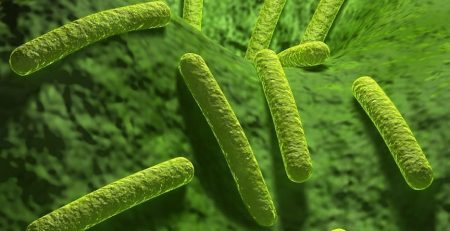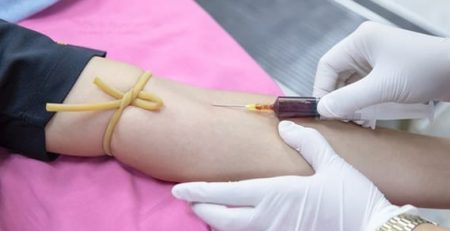Shifting Mutations in Leukaemia
Research published in March 2012 showed differences in the genetics of kidney cancers within the same patients – and even within the same tumors. Now research from Dana-Farber Cancer Institute and the Broad Institute has shown that the genetic profiles of chronic lymphocytic leukaemia (CLL) also shift and change, allowing a glimpse into the past, present and future of the cancer. The results are published in Cell. The researchers looked at samples from 149 cases of CLL, carrying out whole-exome sequencing (just sequencing the coding sections of the DNA) and looking at copy numbers to detect the mutations, with an aim to see what kind of impact the mutations had on the therapy efficacy. In 18 patients, the team sequenced CLL cells over a number of years to track changes in mutations over time.
The patients were a mixture of newly-diagnosed or heavily treated disease, or people with recurring disease and by looking at cells and mutations from each group, the team could create a ‘genetic biography’ of CLL. They found that certain driver mutations that push forward cancer formation and growth appear early in the course of the disease, and others appear later. Some subgroups of cancer cells that were in the minority before treatment emerged into the majority after treatment, and treated patients whose cells were tracked over a period of time showed more genetic evolution than untreated patients. This may suggest that treatment could actually hasten the evolution of the disease and speed its recurrence.
Being able to pinpoint certain subgroups of cells that become more predominant in later stages of the disease could help to pick out those patients who need more prompt therapy. The tools used in this project included MuTect, which can detect mutations present in a small fraction of cells, and ABSOLUTE, which looks at mutations and copy-number alterations to identify sub-populations within the cancer cells, and link each mutation with its subgroup of cancer cells.
“These tools opened a new window into the complexity of cancer and its evolution,” said Gad Getz of the Broad Institute and Massachusetts General Hospital. “This allowed us to ask which sub-populations of cancer cells increase or decrease with therapy and what happens when treating a patient that has a subset of cancer cells with additional cancer-driving mutations.” The outcomes from this research could help researchers understand why patients with CLL relapse after treatment, and why patients receiving the same treatments respond differently. It could also lead to the development of tests that predict responses and to new and better treatment that are personalized to certain forms of the disease.
By: Suzanne Elvidge














